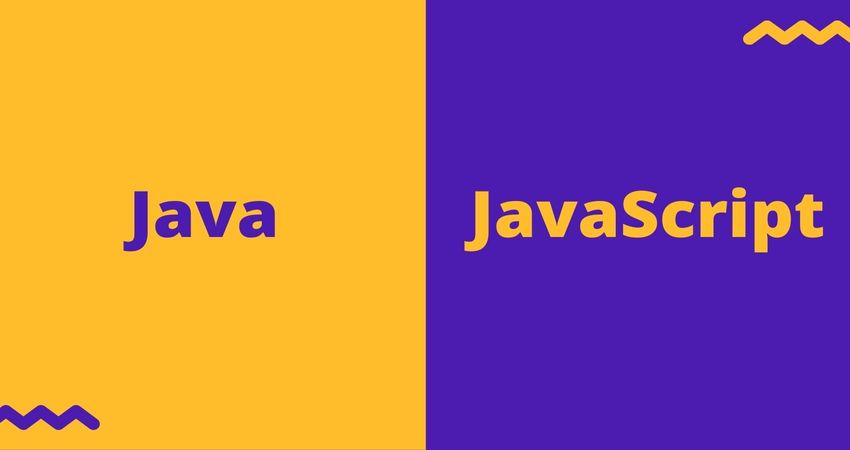

#JAVASCRIPT OR JAVA CODE#
At compile time, the GWT compiler performs some syntax checks on the JavaScript inside the method, then generates interface code for converting method arguments and return values properly.Īs of the GWT 1.5 release, the Java varargs construct is supported. The JSNI syntax is a directive to the Java-to-JavaScript Compiler to accept any text between the comment statements as valid JS code and inject it inline in the generated GWT files. JSNI methods are called just like any normal Java method. A JSNI comment block begins with the exact token /*-*/. JSNI methods are declared native and contain JavaScript code in a specially formatted comment block between the end of the parameter list and the trailing semicolon.

Sharing objects between Java source and JavaScript.Calling a Java Method from Handwritten JavaScript.Accessing Java Methods and Fields from JavaScript.Use development mode to debug both Java source (with a Java debugger) and JavaScript (with a script debugger).Read and write Java fields from JavaScript.Throw exceptions across Java/JavaScript boundaries.Call from JavaScript code into Java code and vice-versa.Wrap type-safe Java method signatures around existing JavaScript.Implement a Java method directly in JavaScript.We think of JSNI as the web equivalent of inline assembly code.
#JAVASCRIPT OR JAVA PORTABLE#
JSNI code is potentially less portable across browsers, more likely to leak memory, less amenable to Java tools, and harder for the compiler to optimize. Writing JSNI methods is a powerful technique, but should be used sparingly because writing bulletproof JavaScript code is notoriously tricky. GWT borrows from the Java Native Interface (JNI) concept to implement JavaScript Native Interface (JSNI). For example, the lowest-level functionality of certain core GWT classes are handwritten in JavaScript. Sometimes it’s very useful to mix handwritten JavaScript into your Java source code. The GWT compiler translates Java source into JavaScript. The JavaScript Native Interface (JSNI) feature of GWT can solve both of these problems by allowing you to integrate JavaScript directly into your application’s Java source code. Occasionally you may need to access low-level browser functionality not exposed by the GWT class API’s. Often, you will need to integrate GWT with existing handwritten JavaScript or with a third-party JavaScript library. Java has a steeper learning curve due to its strong typing and more complex syntax, but there are many resources available for learning.(INFO: For new implementations use the future-proof JsInterop instead. JavaScript has a relatively low learning curve due to its forgiving nature and the abundance of online resources available. Java has a large and active community with many online resources and forums available for support. JavaScript has a large and active community with many online resources and forums available for support.
#JAVASCRIPT OR JAVA ANDROID#
Java has a wide range of libraries and frameworks available, including Spring and Hibernate for enterprise development, and Android for mobile development. JavaScript has a vast array of libraries and frameworks available, including React, Angular, and Vue for front-end development, and Node.js for back-end development. Java is generally faster than JavaScript due to its compiled nature and support for native multithreading. JavaScript is generally slower than Java due to its interpreted nature and lack of native multithreading support. Java is a statically typed language, meaning that variable types are determined at compile time. JavaScript is a dynamically typed language, meaning that variable types are determined at runtime. Java is an object-oriented language that supports imperative and declarative programming styles. JavaScript is a multi-paradigm language that supports both object-oriented and functional programming styles. It is an object-oriented language with a focus on strong typing. Java has a syntax similar to C++, with curly braces and semicolons to end statements. JavaScript has a C-style syntax with curly braces, while also supporting functional programming features such as anonymous functions and closures.

Key differences between JavaScript and Java Characteristic


 0 kommentar(er)
0 kommentar(er)
